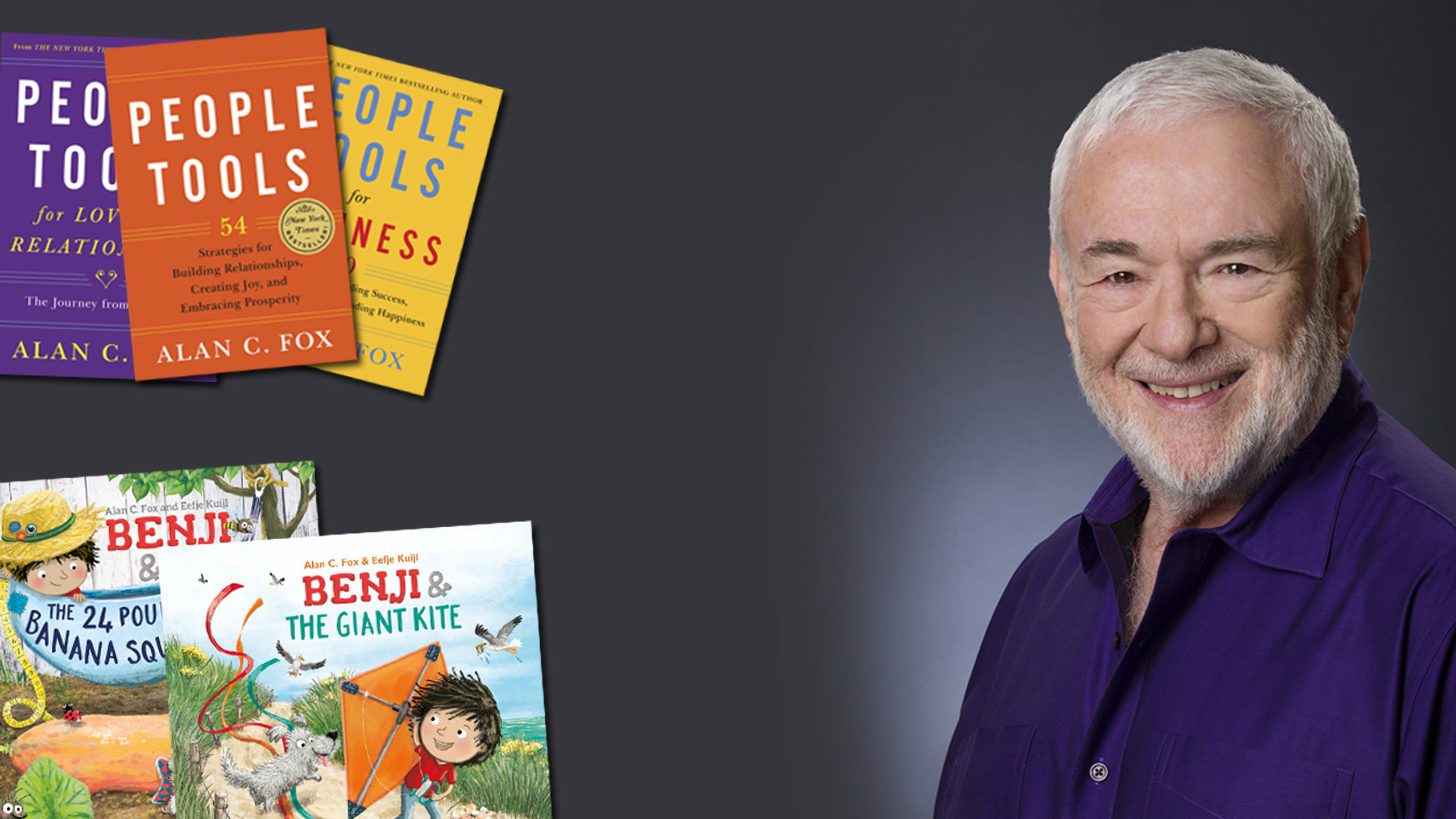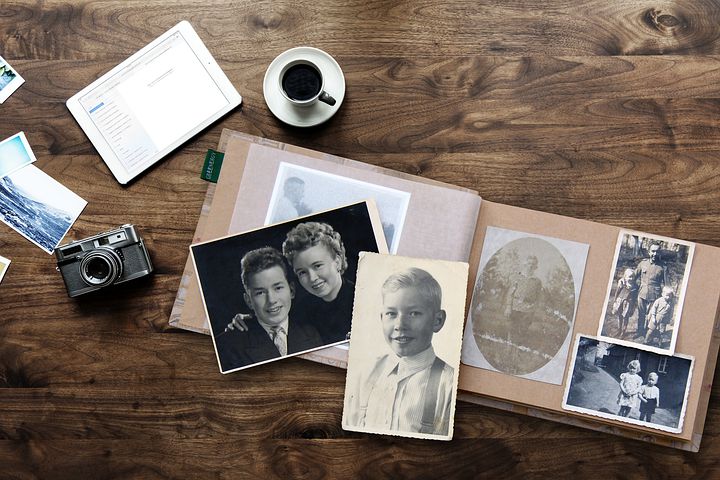I’ve run my own company for more than fifty years, and one of my guiding principals has been to hire and retain the best people I can.
Years ago, a professor at the University of Southern California School of Business developed “The Peter Principal,” which states that everyone in a business hierarchy who is good at their job will be promoted until they reach a plateau where they no longer have the skills necessary to perform well. Then they will not be promoted again. Essentially, this means “every employee tends to rise to his [or her] level of incompetence.” That makes sense. When we stop performing, we won’t rise further in the hierarchy. But over time, that also means that every job is held by an employee who is not the best person to perform its duties.
But are we really the prisoners of our own capability – or lack of it?
I believe it is possible to turn the Peter Principle around and escape the prison of our capability to become the masters of it.
Someone I’m close to, I’ll call him Ben, recently left Facebook (now renamed Meta), to begin an Ivy League Master’s program. Before Ben left, he was highly regarded at his job. He told me that many of his coworkers delayed tough decisions until they could consult with him. But now he won’t be there to help.
He is transcending the prison of his own capability. Just because he is highly respected at Meta does not mean that he must spend the rest of his business life there, rising through the ranks until he reaches his level of incompetence. He is transcending that prison by moving on to develop new skills.
There is a lesson in this for all of us. Just because I can perform a task well does not mean that I must keep doing it for the rest of my life. The cell door swings open, using the magic key of delegating.
While we should each do what we are uniquely suited for, we are seldom just suited for a single task, and there is probably someone else who can do our jobs, possibly even better than we do. This is why I have delegated most of my business responsibilities to the talented employees I have hired and retained over the years – so I can move on to develop and explore new capabilities.
This leaves me free to take on new jobs that I am uniquely suited for and that I might enjoy even more – like writing this blog.
Ben – best wishes on your grad school journey. Your potential is limitless. I look forward to seeing how it turns out.
Alan



